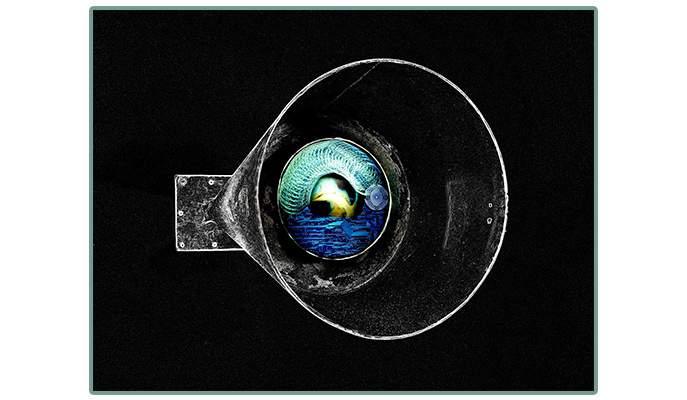Are you a journalist? Please sign up here for our press releases
Subscribe to our monthly newsletter:

What really shapes the reality around us? Does the way in which we perceive the world provide us with an accurate and reliable picture? How and why do changes occur around us? In contrast, what characterizes the virtual world, which occupies much of our time? Where, exactly, is the line crossed between the “real” world and the world that exists at the core of our computer processors?
Tamar Sheaffer explores this borderline and the bi-directional crossover points that is likely situated along its length. As a graduate of the Technion – Israel Institute of Technology (Computer science) and who has managed large projects in the High-Tech industry, Sheaffer proposes a surprising likelihood in which there is bustling movement between the virtual world and the physical world. Changing factors and influences cross the borderline in both directions, so that the two worlds influence each other and continuously shape one another’s properties.

Reality (an urban landscape in Sheaffer’s works) is layered. Below the visible surface are various significations, some of which come from the virtual world (which itself, at least originally, was created by people and forces from the real world). What, exactly, happens within the deeper layers of reality? Is it possible that deep down, the interaction between the virtual and reality is stronger and more significant than we are able to fathom today?
The perception of computer networks (such as the World Wide Web), in this case, akin to a “stem” or “rhizome,” led Dorit Feldman – in the footsteps of the French Philosophers Gilles Deleuze and Félix Guattari – to perceive the (“real?”) world as a kind of network that displays a different facet each time. It is a kind of network in which the more deeply it is explored, the more complicated it becomes, with multiple nodes representing the influences that cause frequent changes that create stratified layers of reality.
Thus, Feldman, coming from the visual world along with history, science and philosophy, also arrives at the question of whether our reality is, actually, a network of influences that wanders between different worlds, affecting each another, and changing and shaping one another continuously (so actually, according to Heraclitus, "No man ever steps in the same river twice").
Feldman and Sheaffer, therefore, offer an interpretation in which the reality we experience is merely a point in “metric space” that moves and changes continuously according to rules that we are still far from understanding on a deep level. Curator: Yivsam Azgad.
For more art on campus. (Hebrew site)